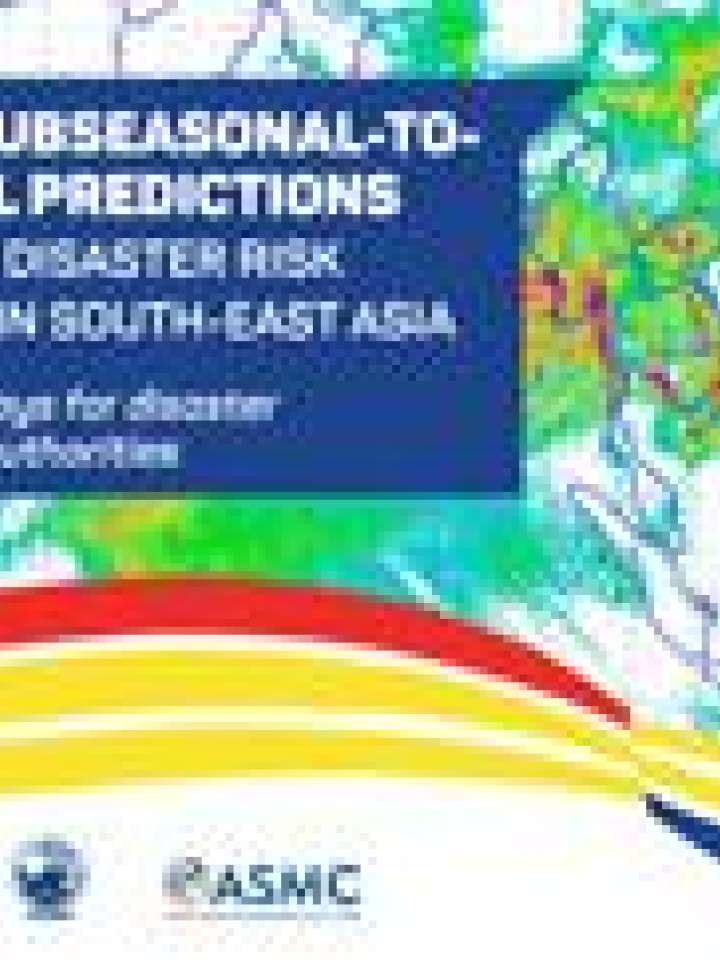Applying subseasonal-to-seasonal predictions to improve disaster risk reduction in South-East Asia: 10 key takeaways for disaster management authorities
The United Nations, Economic and Social Commission for Asia and the Pacific (ESCAP), the Association of Southeast Asian Nations (ASEAN), Specialized Meteorological Centre (ASMC), and the Regional Integrated Multi-Hazard Early Warning System for Africa and Asia (RIMES) are joining forces to ensure that South-East Asian countries can capitalize on the potential applications of subseasonal-to-seasonal (S2S) products in conjunction with forecasts for the more established weather and seasonal timescales.
This primer has been informed by such collaboration. It outlines the types of S2S products that are available for South-East Asia, and their potential applications across a range of preparedness activities. Recent case studies in South-East Asian countries are used to demonstrate how S2S predictions could have been applied to reduce the impacts of the disasters. The primer then offers ways forward for leveraging the opportunities presented by S2S predictions. End users working in National Disaster Management Organisations (NDMOs) are advised to collaborate with National Hydrometeorological Services (NHMSs) to ensure that their information needs are met based on the best available science, and to combine S2S predictions with existing seasonal predictions and weather forecasts within a comprehensive decision-making framework. This will allow S2S predictions to support innovative approaches to disaster risk reduction such as forecast-based financing and adaptive social protection, thereby facilitating coherence between development and disaster risk reduction. Finally, the primer outlines the ongoing efforts that are underway to prepare sectors to use S2S predictions to improve risk management.
Explore further
